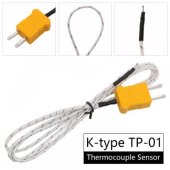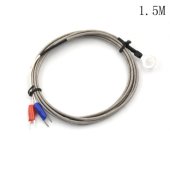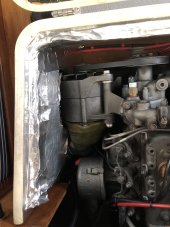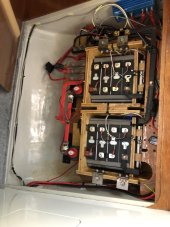In the past, I was using a second battery in Grand Cherokee WG. These are known to have not the most reliable charging system. To avoid overloading the alternator I've calculated the proper wire size to limit the charging current with a fully empty 2nd battery to 20A.
This would be a lot easier to achieve with a LiFePo4 battery. So just calculate the required voltage drop, then the wire size at the desired max current and you'll be good to go. The disadvantage is the lack of control over the charging current. As the 2nd battery gets charged the charging current will drop significantly. To work around this I used a step-up converter that supported CC/CV settings. In Aliexpress two 10A step-up CC/CV converters were like $20 with shipping included.
This would be a lot easier to achieve with a LiFePo4 battery. So just calculate the required voltage drop, then the wire size at the desired max current and you'll be good to go. The disadvantage is the lack of control over the charging current. As the 2nd battery gets charged the charging current will drop significantly. To work around this I used a step-up converter that supported CC/CV settings. In Aliexpress two 10A step-up CC/CV converters were like $20 with shipping included.







